The Work of Field Recorders
The H2n Handy Recorder is the only portable recording device to come with five built-in microphones and four different recording modes: X/Y, Mid-Side, 2-channel surround and 4-channel surround. Other advanced features include automatic gain control and onboard MS decoding, plus effects like compression, limiting and low cut filtering. You can even use the H2n as a multi-purpose USB microphone!
Using the H2n
With its multiple microphones and recording modes, the H2n can handle just about every kind of application. Here are just a few ways it can be used:
- Live recording of concerts and rehearsals, in either stereo or surround sound
- Location videography—the H2n gives you plenty of options in postproduction
- Creating audio for YouTube videos
- Generating lasting audio documents of important events
- As a USB microphone providing input to recording software
Five microphones,
four ways of recording
The H2n offers not one, not two, but five built-in microphones. Two of them are arranged as an X/Y pair, while the other three are configured in an MS (“Mid-Side”) pattern. They can be used separately for X/Y or MS stereo recording, or combined to create stunning 2- or 4-channel surround sound.
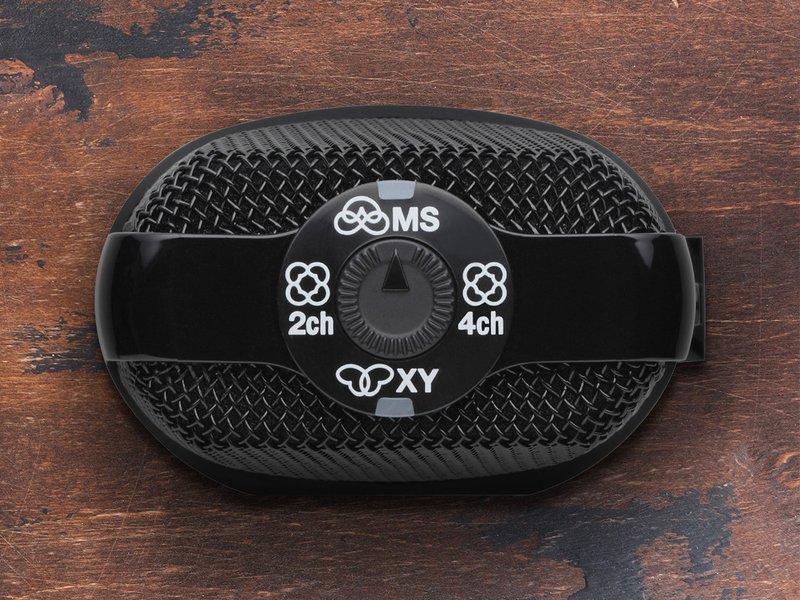

The H2n’s onboard MS decoder allows you to adjust the relative level of the mic elements, either during the recording process or afterwards, during post-production. As you increase the level of the Side microphones, the perceived stereo width increases as well.
Mid-Side for variable stereo width
Mid-Side recording is an incredible technique that allows you to actually adjust the width of the stereo image after it has been recorded, while maintaining perfect mono compatibility, making it especially useful for film, video and television projects.
The three microphone elements in the H2n MS mic are set directly on top of one another. One faces forward and the other two face to the side.
Surround sound for lifelike realism
The H2n allows you to combine the signals from both the X/Y and MS microphones in order to create surround sound recordings of everything you hear—not just those sounds coming from in front of you, but from all directions.
Spatial Audio for VR
The Zoom H2n is the only handheld recorder that captures four-channel surround sound audio. With Firmware v 2.0, it’s perfect for the creation of 360-degree “Spatial Audio” files, the next-generation surround sound format native to the google JUMP Virtual Reality Platform.
Using “Spatial Audio” mode, you can create a single four-channel, multi-track WAV file that includes Omni, Left/Right, and Forward/Backward tracks. This Spatial Audio file is then ready to be combined with 360-degree VR videos recorded with the google JUMP compatible camera rig (such as the GoPro Odyssey or Ricoh Theta). Once completed, the immersive videos are ready to upload to YouTube.
Note: Viewers using the YouTube Android app on Android version 4.2 or higher can listen to spatial audio on headphones (recommended) or speakers.
Additional information regarding H2n and Spatial Audio for VR:
- Recording Spatial Audio with the Zoom H2n
- Use spatial audio in 360-degree and VR videos
The Ins and Outs
The H2n Line In is a stereo ⅛” mini phone jack that can accept two channels of mic- and/or line-level signals. Condenser microphones requiring Plug-In Power (2.5 volts) can be connected to this jack. An analog-type Mic Gain dial allows you to manually set input level, or you can choose one of the three Auto Gain presets to automatically set the optimum recording level.
The H2n Line Out is a stereo ⅛” phone jack with dedicated volume control. Headphones can be connected to this jack for private monitoring of the input or recorded signal. There’s also a built-in speaker on the back panel for fast monophonic monitoring of the recorded signal without the need to make any connections.
The H2n USB port provides a digital output of the stereo mix and allows data to be sent to and from your computer. From there, it can be imported into editing software. USB also enables the H2n to be used as a 4-in/2-out audio interface or as a USB microphone.
The interview started a split-second before you were ready. The conductor lifted his baton just as you were checking a cable. The talent went back on-air a moment too soon.
No problem… as long as you’re using an H2n. Its Pre-record function automatically keeps the H2n silently but continuously recording in the background, all the time, keeping the previous two seconds* when you hit RECORD.
*One second when recording in 4ch surround mode at a 96 kHz sampling rate.

Auto-Record
Auto-Record allows the H2n to automatically start recording when a certain level of sound is detected. As soon as an incoming signal exceeds the Start Level you’ve set, recording begins. There’s an equivalent Auto-record Stop function, too; as soon as incoming signal drops below the Stop Level you’ve set, recording ends.

Onboard Effects
The H2n provides an arsenal of effects that allow you to add polish to your recordings and compensate for any problems or limitations in the acoustics of the recording environment.
Compression and limiting can be used to control fluctuations in level, acting like an automatic volume control. The main difference between the two is that a limiter reduces louder sounds more severely.
A low-cut filter removes signal below a designated frequency. This is useful for eliminating pops, wind noise, blowing, and other kinds of low frequency rumble such as transmitted resonance from an onstage mic stand.
There’s also an onboard metronome and chromatic / guitar / bass tuner. In addition, playback can be looped and the playback speed varied without pitch change (or vice versa) to facilitate
File types supported
The H2n can record audio in two different basic file types: WAV and MP3. The main difference between the two is that WAV files are uncompressed; that is, they contain all the recorded signal without any data being removed. The WAV files recorded by the H2n can be either 16- or 24-bit, with sampling rates of 44.1, 48, or 96 kHz, and are automatically time-stamped, making them Broadcast Wave Format (BWF) compliant—especially important when recording audio for video since it allows for precise synchronization in post-production.
MP3 recordings are compressed, which means that some unnecessary data is removed prior to storage, making them much smaller than WAV files, and thus much easier to upload and download. Some MP3 files exhibit a slight loss of audio fidelity as compared with the original signal; however, this is not noticeable in all circumstances.
The H2n allows you to easily convert WAV files to MP3 format and you can use its internal mixer to mix down the pair of stereo files created in 4ch surround to stereo, with independent control over each track’s level and panning.
Battery life and recording times
The H2n requires just 2 AA batteries—either alkaline or rechargeable NiMH. Battery life when using alkaline batteries is more than 20 hours, even during continuous recording. Alternatively, you can use an optional AD-17 AC adapter, which allows you to power the H2n from any standard wall socket.
The H2n records directly to SD cards. It supports standard SD and SDHC cards, up to 32 gigabytes. The chart below shows maximum recording time with different file formats and card sizes.
*The maximum file size is 2 GB. Recording times are approximations. Actual times may differ according to recording conditions.
Using the H2n as an audio interface
The H2n’s USB port allows it to send and receive digital data and to act as a 4-input / 2-output audio interface (enabling you to use it as a USB microphone). Simply connect the H2n to your laptop or desktop computer via USB, launch your favorite and start laying down your tracks.
H2n & Accessories
HERE’S WHAT COMES INCLUDED WITH THE H2N:
- Operation manual
OPTIONAL H2N ACCESSORIES:
- WSU-1 universal hairy windscreen
- HS-1 hot shoe mount
- MA-2 tripod to mic stand adapter for Handy Recorders
- APH-2n accessory package includes remote control with extension cable, windscreen, AD-17 AC adapter (USB type), USB cable, adjustable tripod stand, padded-shell case, and a mic clip adapter.

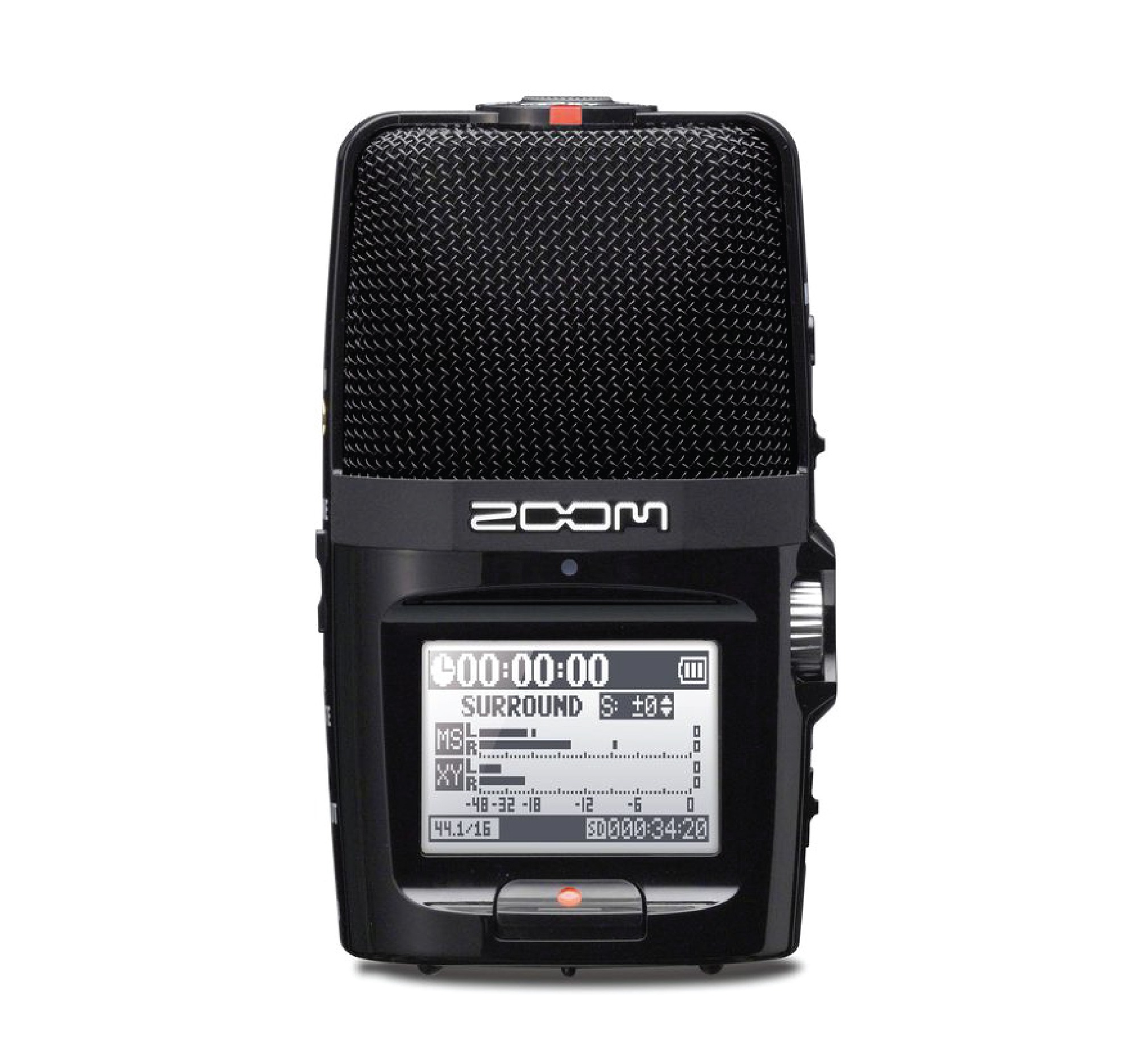
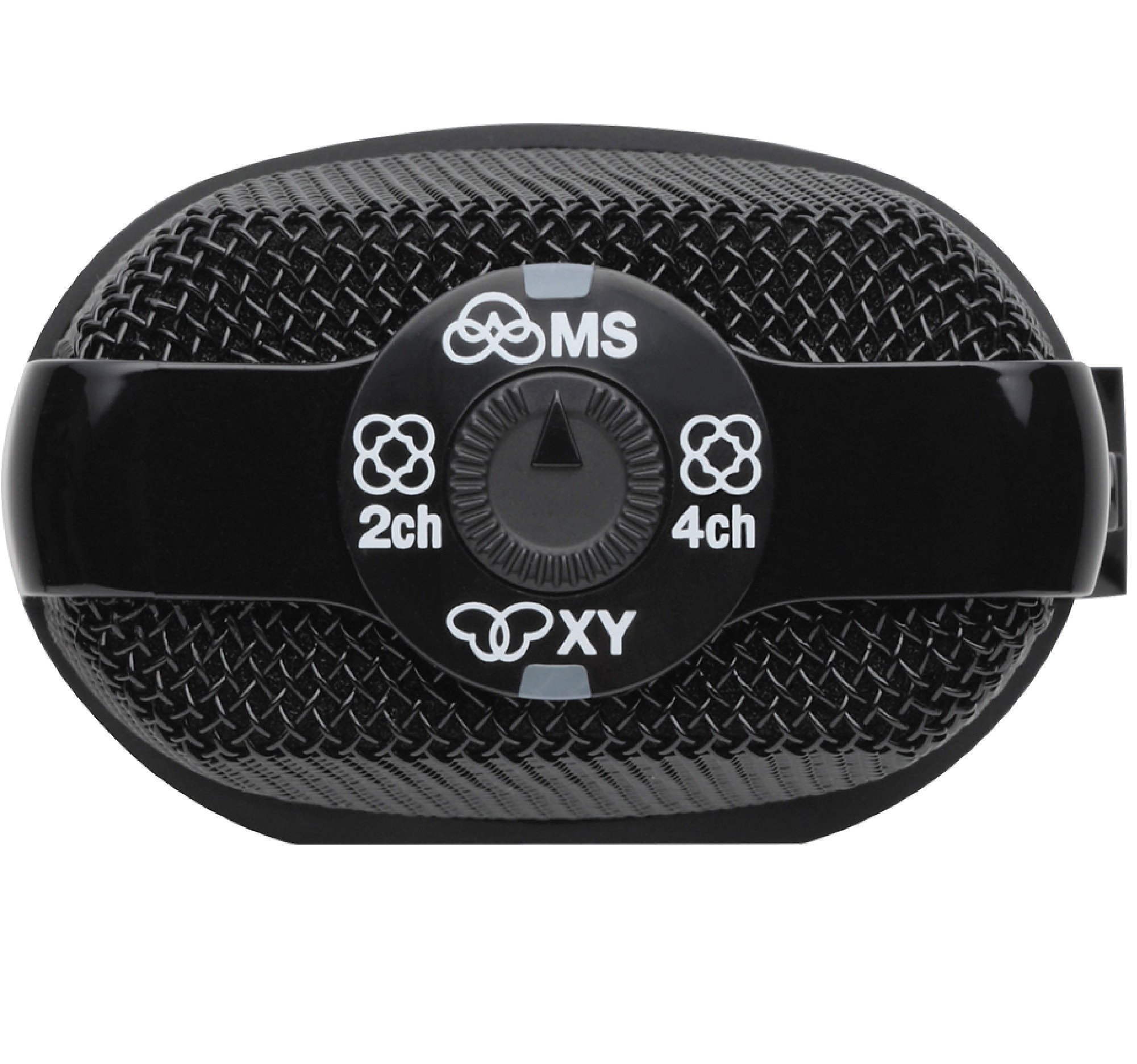
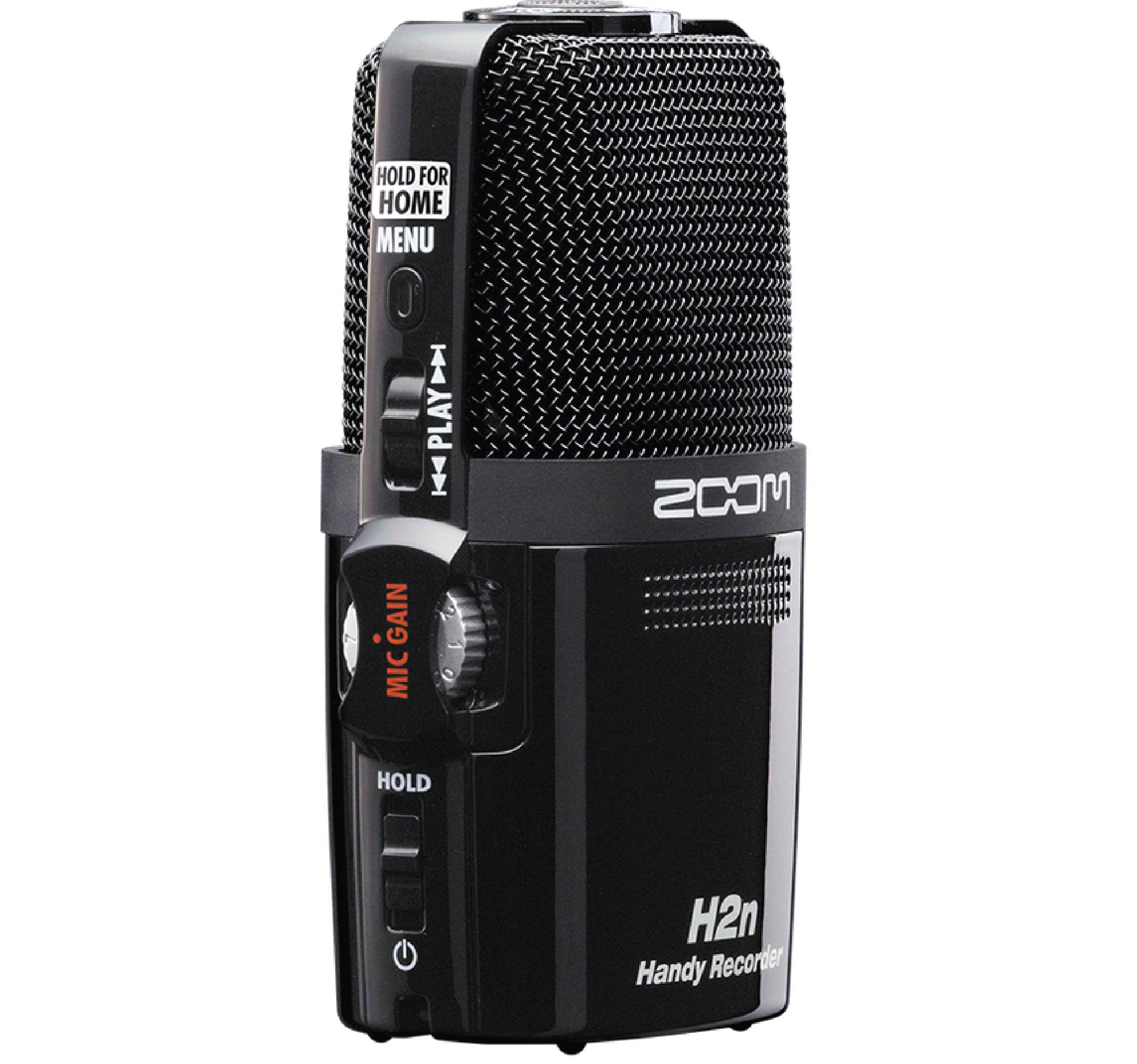
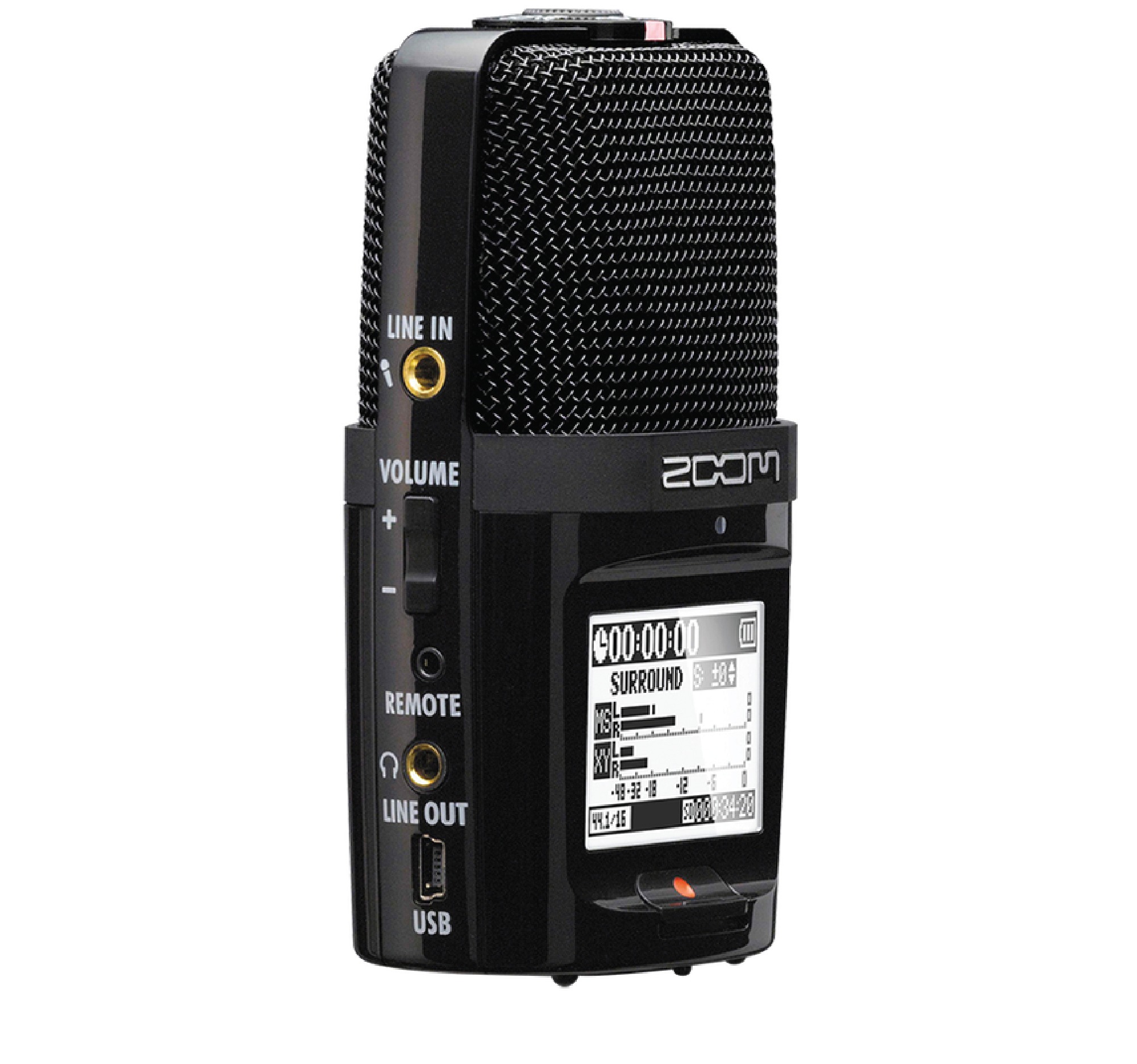
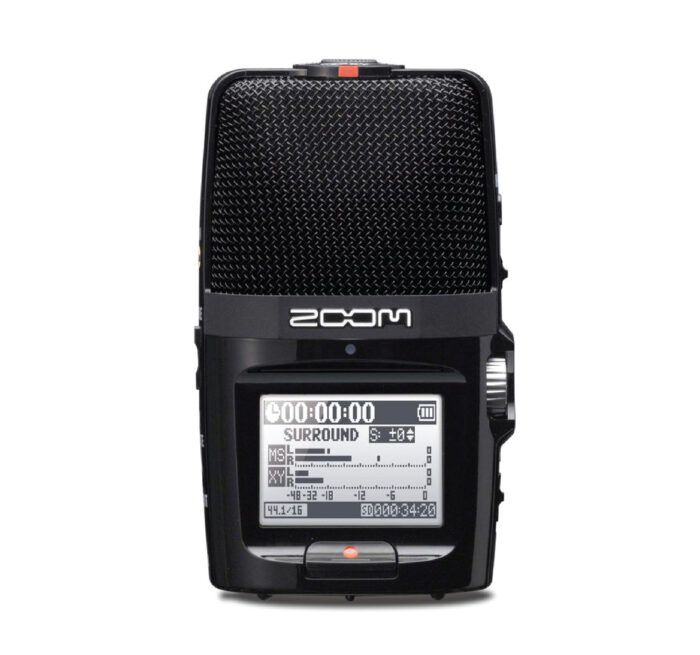
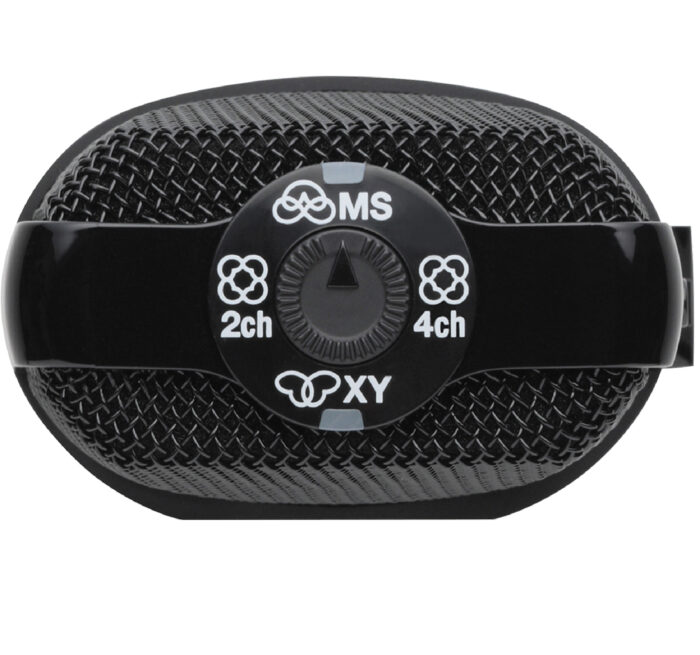
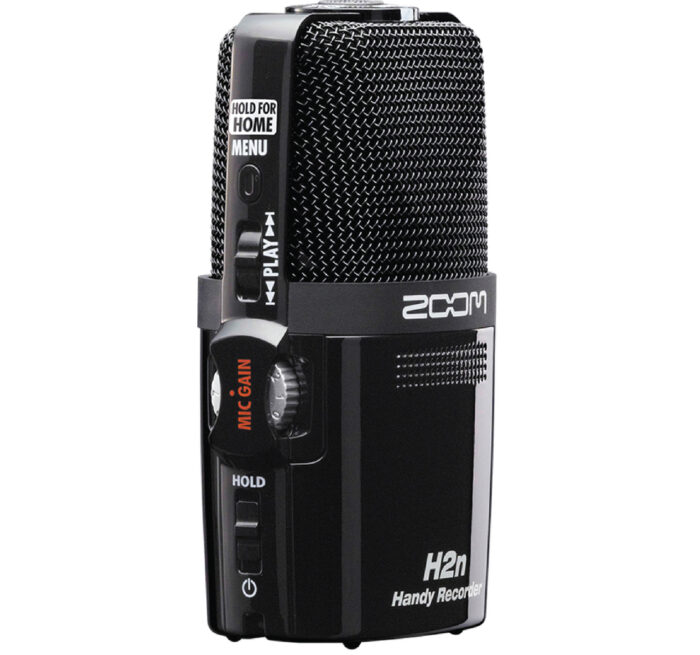
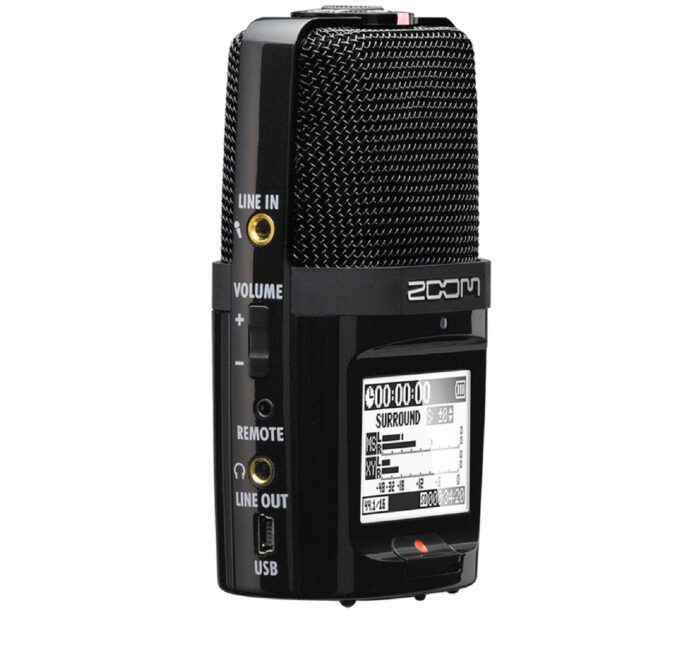
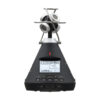
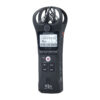
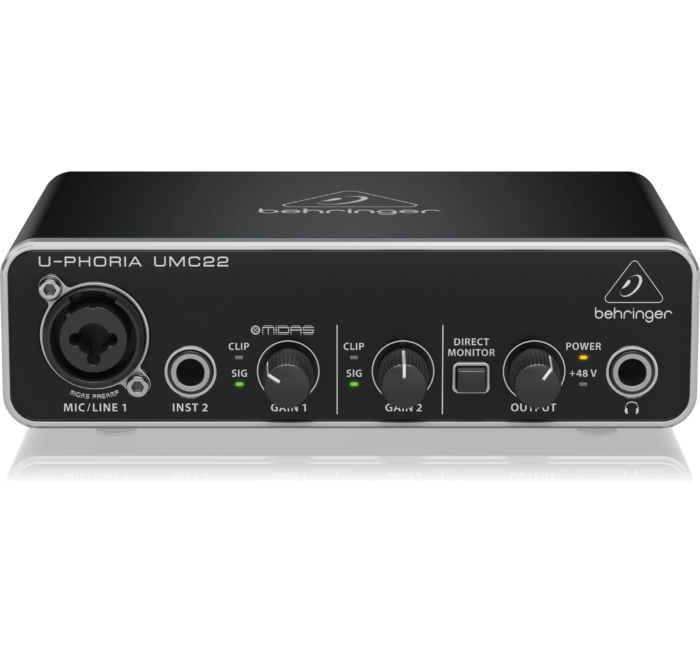
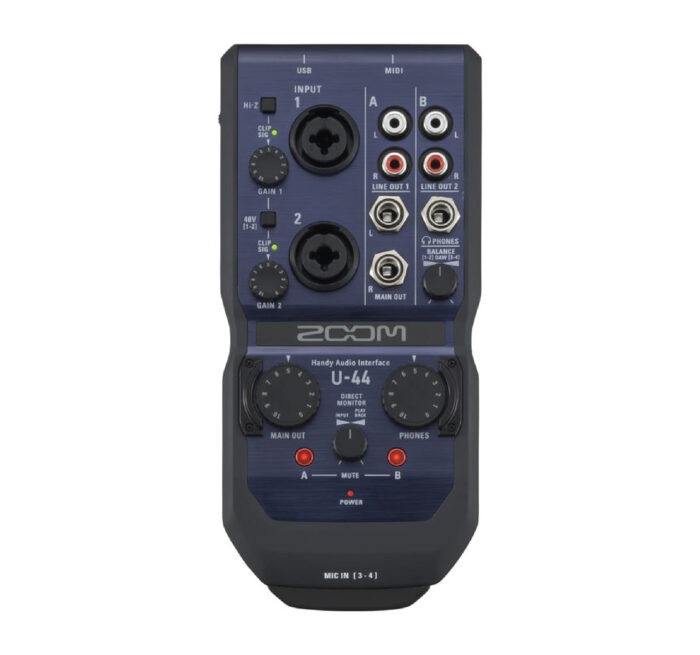
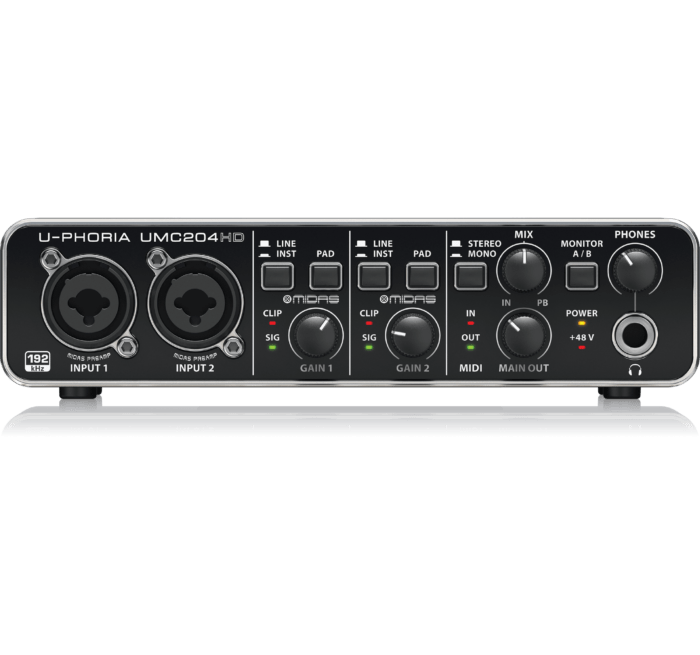
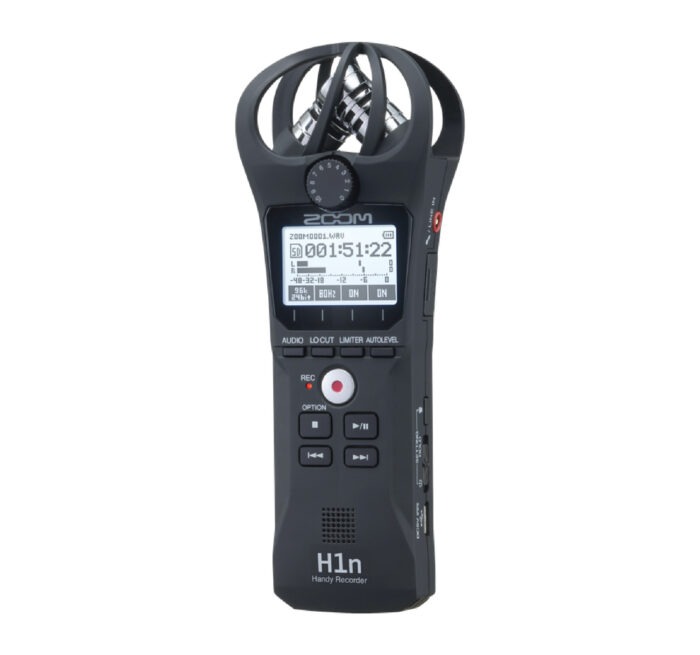
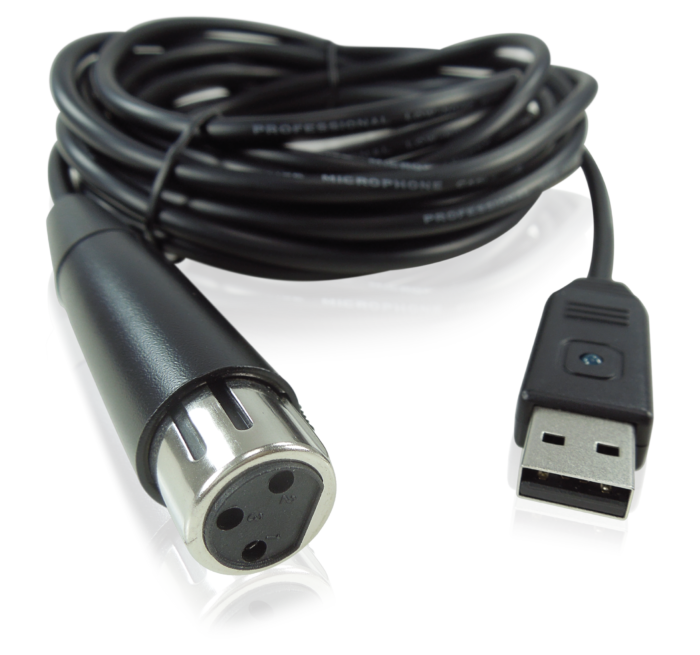
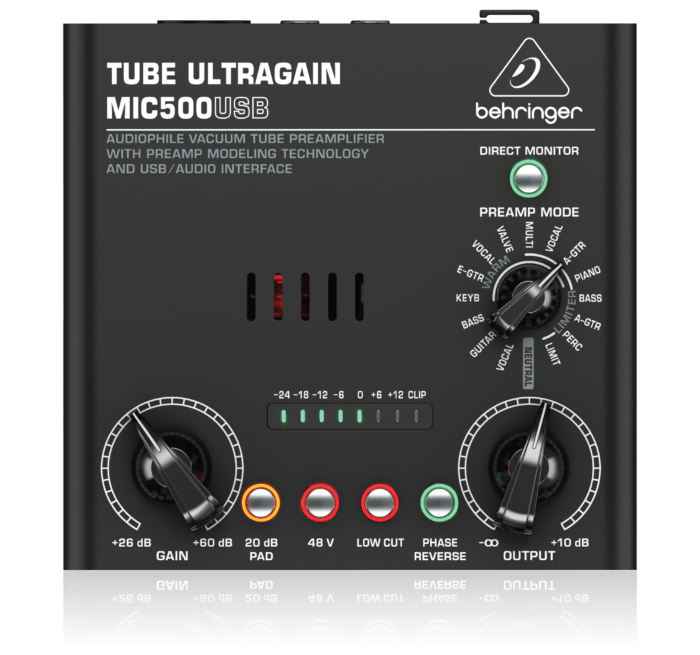
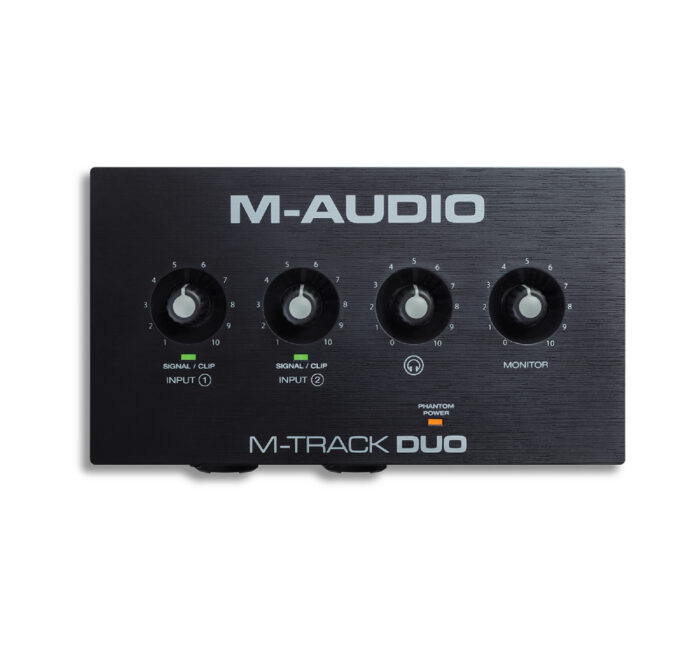
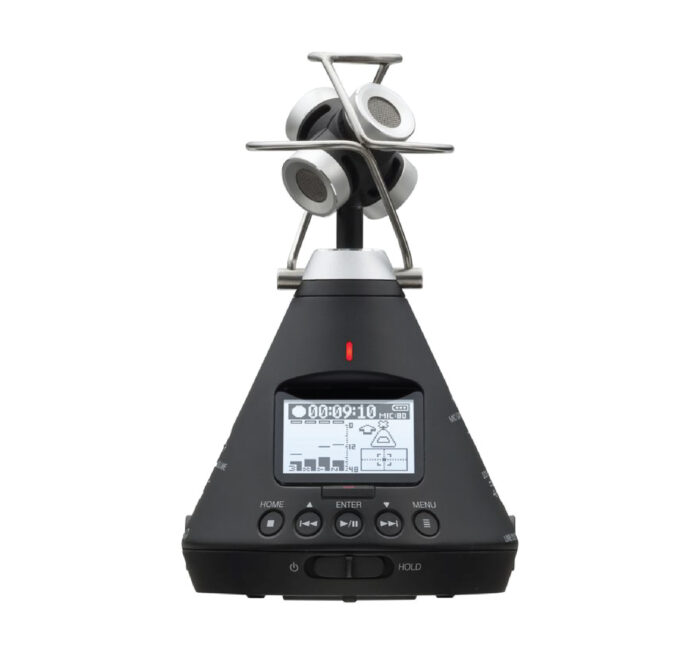

Reviews
There are no reviews yet.